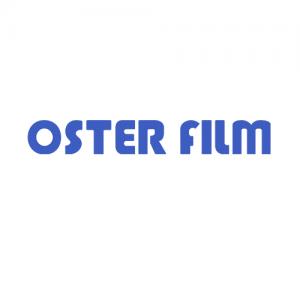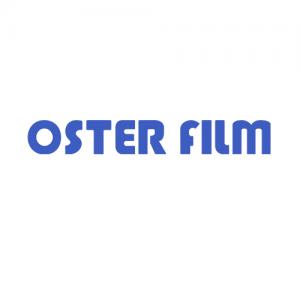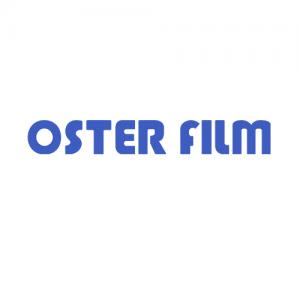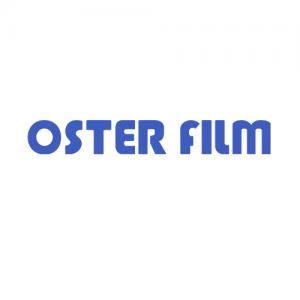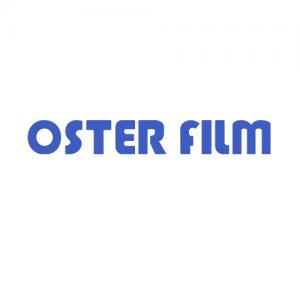Advantages of applying Oster EVA film for smart glass
Generally, customers do not have a thorough understanding of smart glass. When choosing smart glass, they pursue low prices and transparency. However, it is necessary to remind consumers that:
PVB film is generally used to produce smart glass in autoclaves. The main advantages are high transparency and high bonding strength, but the use temperature of PVB must reach 135 degrees to meet the requirements of transparency and bonding strength. , And the aging temperature of the liquid crystal film is only 120 degrees.
Therefore, the edge shrinkage of the smart glass made by the autoclave is generally 6-10mm. With such a wide bright edge, when making a partition that needs to be spliced, a transparent area of 10-20mm will be formed between the two pieces of glass, which is not controlled by electricity, The splicing effect of the glass splicing is very poor. At the same time, the shrinkage of the PVB film during the production and processing of the autoclave is the main defect that causes the performance and life of the smart glass to be greatly shortened. In order to improve production efficiency, individual domestic manufacturers use high-temperature autoclaves for production, so that the entire glass of the finished smart glass will turn yellow during use, the transparent and opaque liquid crystal film cannot be converted normally, and the liquid crystal film gradually shrinks.
Therefore, it is recommended to use low temperature vacuum forming method for smart glass, which has the advantages of relatively stable product performance and long service life.
Oster EVA film F5 could be processed at only 110 degrees with over 80% cross link rate to support the product could be used for outdoor durable.
